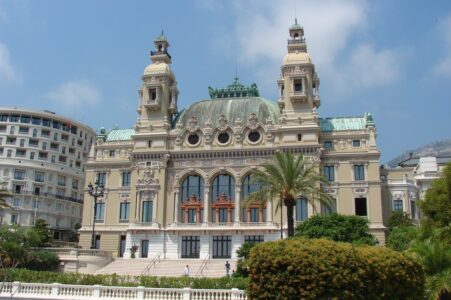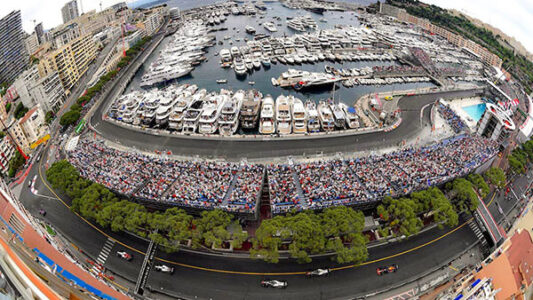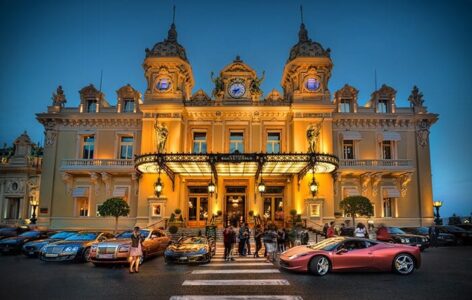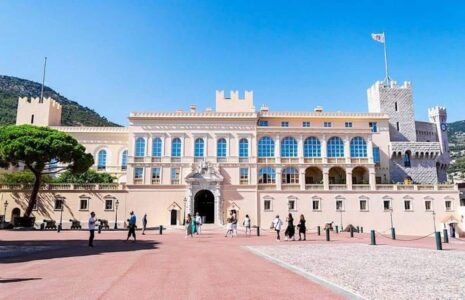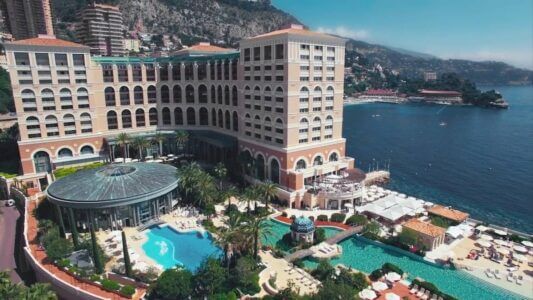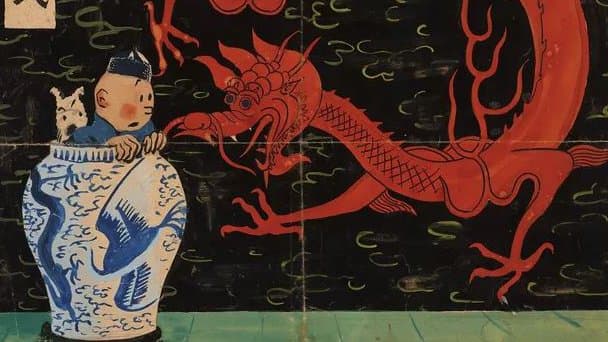If you stand on the Boulevard des Moulins and look through the bay window of Artcurial’s Monaco offices, you can see a book cover by Belgian cartoonist Hergé that could become the highest grossing piece of comic art ever to be sold.
The piece in question is the original cover design of The Blue Lotus, the fifth episode of Hergé’s legendary comic book series “The adventures of Tintin”. A 35 cm by 35cm square, painted in India ink, watercolour and gouache, its value is estimated between 2 and 3 million euros. It depicts Tintin hiding with his fox terrier Milou in a Ming-Era vase, while a menacing dragon towers above them.
Inspired by a picture of Chinese American actress Anna May Wong, the piece has never been on the market up to now and will be auctioned off in Paris on November 21st. Until then, the painting is on its own European Grand Tour. After Monaco, it will be sent to Brussels – Tintin’s birthplace – then Munich, before its final stop in Paris.

An unlikely friendship
After the USSR, Congo, America and Egypt, Tintin heads for China, hoping to dismantle the opium trafficking industry. This new adventure marks a turning point in Hergé’s career: The Blue Lotus is the first book in which Hergé’s depiction of foreign cultures is based upon original research and the cartoonist no longer relies on commonplace assumptions and stereotypes to bring Tintin’s voyages alive.
To account for such change is Hergé’s friendship with Chinese artist Zhang Chongren. Zhang was studying in Brussels at the time and introduced Hergé to Chinese culture, allowing the cartoonist to go beyond European prejudices about the so-called “Orient”. Not a stranger to a little self-irony, Hergé even included in The Blue Lotus a strip openly mocking the many stereotyped assumptions that Europeans held about China in the 1930s.
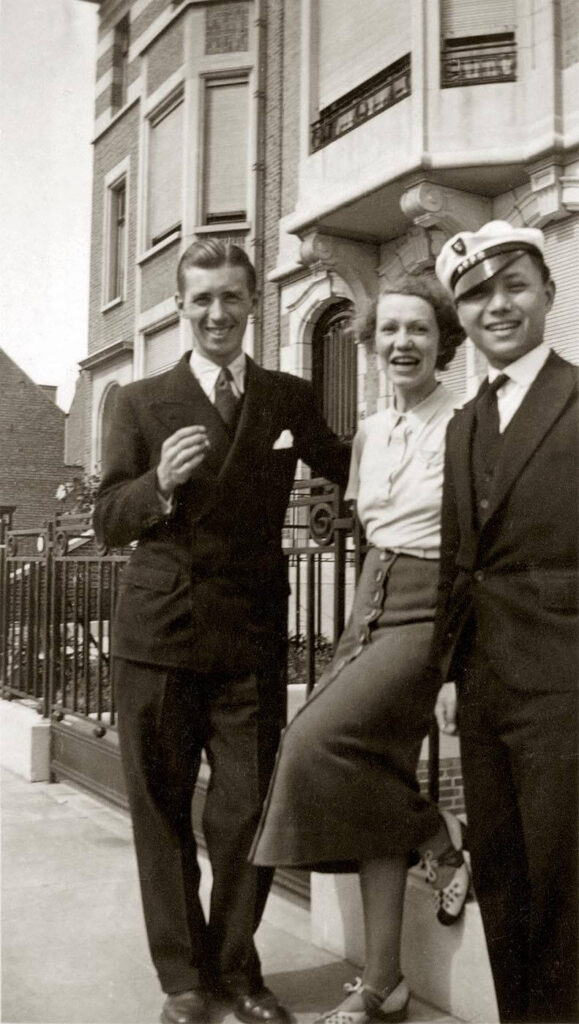
Money matters
Artcurial has an impressive track-record when it comes to comics. The French auction house holds the record for the most expensive piece of comic art ever sold: the original inside cover pages of Tintin were auctioned off by Artcurial in 2014 for 2.6 million euros, a record which The Blue Lotus is expected to break.
This artwork is a genuine masterpiece
“This is a unique piece, and probably the most important piece of comic art from a private collection. This artwork is a genuine masterpiece encapsulating Hergé’s genius and is probably the most beautiful Tintin album cover ever!” tells us Eric Leroy, Artcurial’s comic strips expert.
Of course, there cannot be an exceptional price without an exceptional story. The design was originally refused by Hergé’s publisher because too expensive to print. Hergé then gave the drawing to Louis Casterman, the son of his publisher, who kept it tucked away in a drawer, carefully folded into six.
The fold marks remain visible on the painting to this day. When asked about the impact of such marks, Artcurial’s comic strips expert replies that it all depends on the buyer: “The marks are part of the piece’s history. You could even say that because it was folded for so long, the drawing has kept its original colours. It is up to the future buyer to restore it to its initial state, if they wish to.”
Tintin in Monegasque
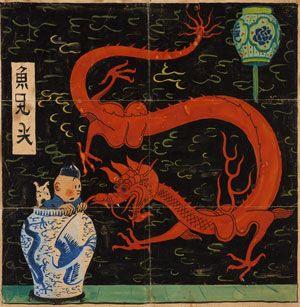
In 2010, Nice university professor Eliane Mollo and Dominique Salvo-Cellario, teacher of Monegasque language in Monaco, set themselves a peculiar task: to translate the 21st volume of the Tintin saga – the Castafiore Emerald (“Les bijoux de la Castafiore”) – into Monegasque. Mindful to preserve the orality of the language, the result is a story filled with references to the Principality.
In Monegasque, the title becomes I Ori d’A Castafiore. Tintin’s dog is now called Milu (rather than Milou) and barks in the local dialect (“bau bau”), while Captain Haddock is no longer Captain Haddock, but captain Stocafì, after a local cod stew.
The original cover design of The Blue Lotus (1936) is on show at Artcurial Monaco until September 11th

